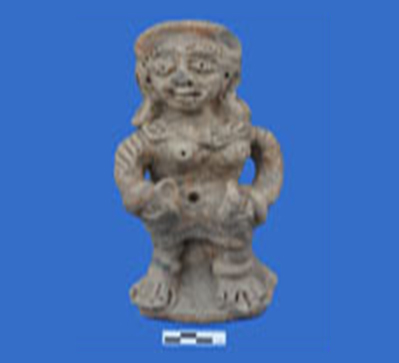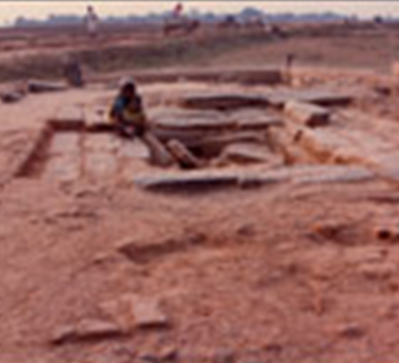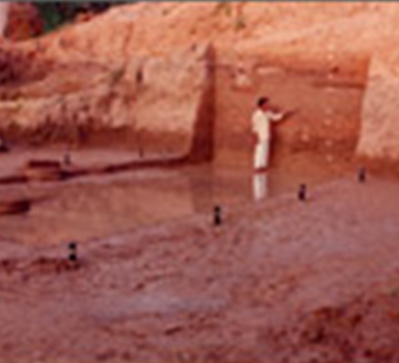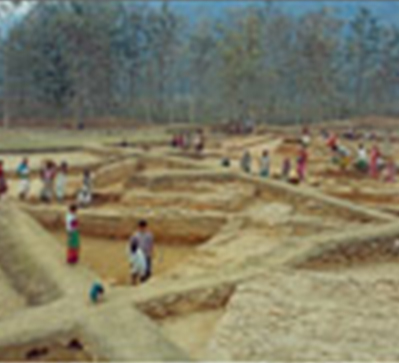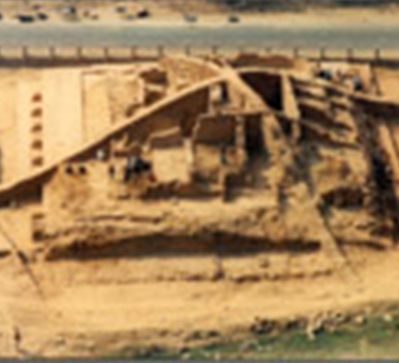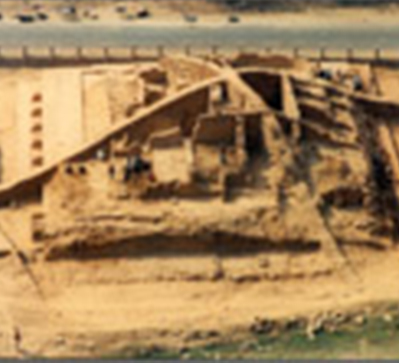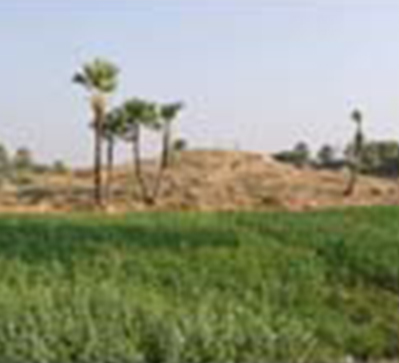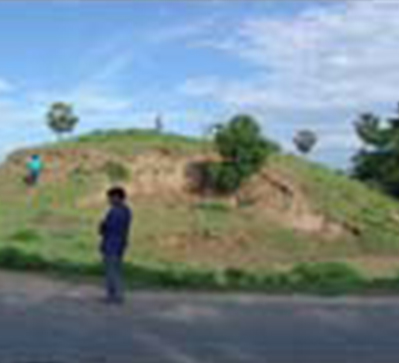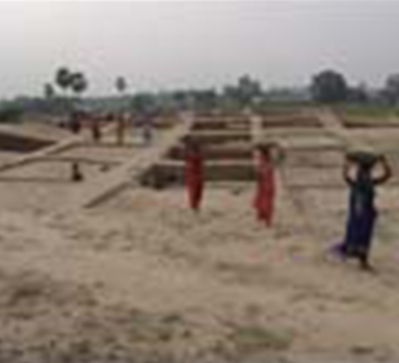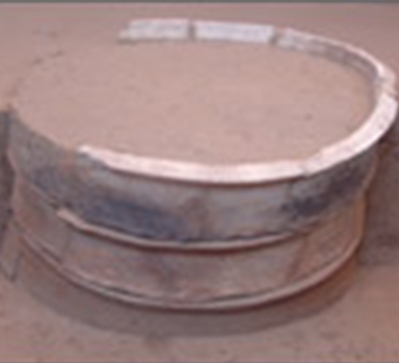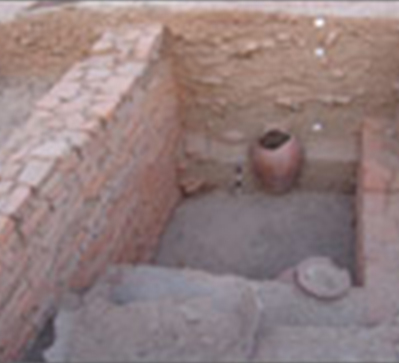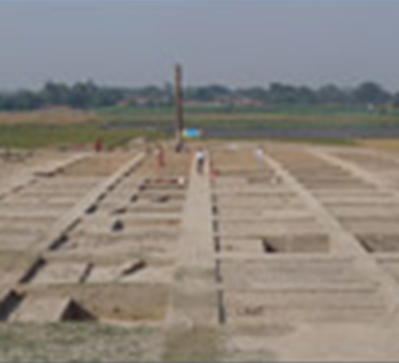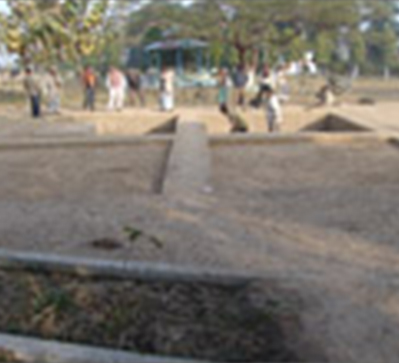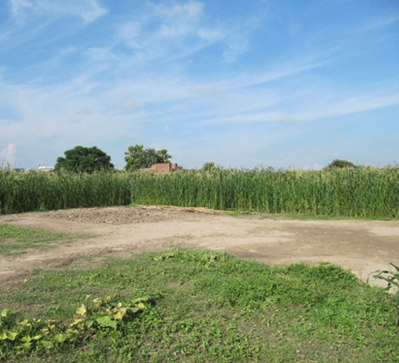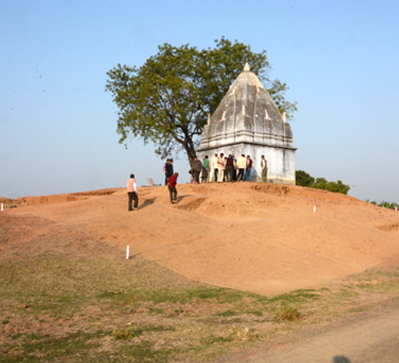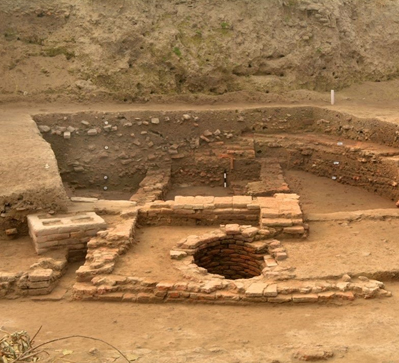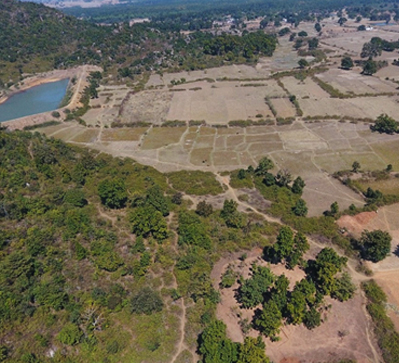Papaur
| Location | 26013’16” N; 84023’50 E |
| District | Siwan |
| State | Bihar |
| Excavation Years | 2015 |
Papaur is situated in block Pacharukhi, 5 km north-east from district headquarter Siwan, Bihar. The mound measures about 500x500m in area and is approximately 3m in high from the surrounding ground level.
According to Hoey, Papaur represents a place of great antiquity, and must be Pava where the goldsmith Chunda lived. Buddha stayed in the mango grove of Chunda and on the latter’s invitation and took his last meal at his house. Thereafter, he suffered blood dysentery and never recovered from it. Thereafter he decided to go to Kushinagara (Kusinara) for his parinirvana as he had himself predicted at Vaishali. The Papapura or Pavapura, i.e., ‘the sacred city’ was the ancient capital of the Malla republic.
Potsherds of BSW and RW are scattered on the mound. Mound is now much disturbed by a tank and agricultural fields. Indo-Bactrian coins, NBPW pots, statues of Buddha and Buddhist monks, a large water pot, and fragmentary sculptural pieces have periodically been reported while tilling and digging the fields. A few stone sculptural fragments, made of black basalt, belonging to the Pāla period are kept at Pandey-Baba-Ka-Sthan (local devasthana), 500m south of the mound. Among them Chamunḍā, Viṣṇu and Śiva-liṅga with Yonī-paṭṭa are noteworthy.
A small-scale excavation at the site was undertaken by the Excavation Branch-III, Patna in 2015 to ascertain the cultural sequence of the mound. The excavation revealed that the site was inhabited from c. 2nd century BCE to 3rd century AD.
Of the structural remains unearthed at the site mention maybe made of a twin-hearth. Among the limited number of antiquities mention maybe made of terracotta hop-scotches, dabbers, discs, ghaṭa-shaped beads and solitary specimens of bird figurine, animal figurine, stamp, wheel, votive tank, sling ball, hand portion of a human figurine, etc.




